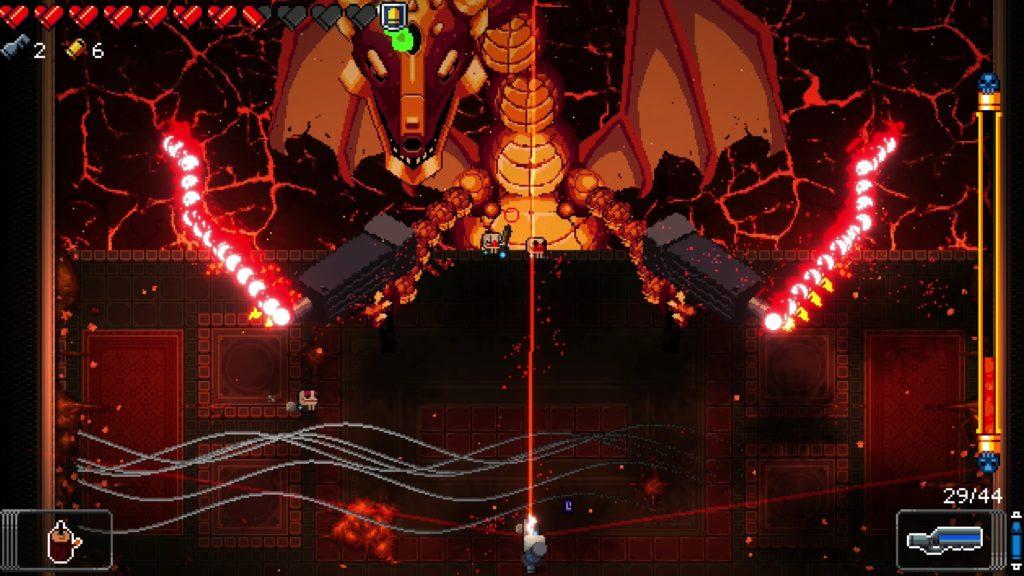


This week, I played a free Pokemon Emerald emulator which was designed by Junichi Masuda, Shigeru Miyamoto, Ken Sugimori, and Satoshi Tajiri to be played on. Nintendo’s Gameboy (platform of game). The target audience of Pokémon Emerald is young kids/young adults probably around the ages of 5-12. I remember playing this game on my gameboy when I was 6. This game definitely appeals to explorers that enjoy discovering new aspects of the game. In this Pokémon Emerald emulator, you would find new routes which introduced new Pokémon that the player could collect, and this was one of the main appeals of the game when I was playing — I was interested in seeing where Pokémon were hidden. The open-ended gameplay where the player discovers Pokémon hiding in grass or Challengers waiting to be approached were what kept the game moving and hard to keep a pattern down.
This game invites its players to care about the world through challenges (defeating Roxanne in the gym or strengthening your Pokémon as much as possible to level up and battle others). These challenges provide arcs of the player’s purpose and how they are meant to be the best trainer and capture as many Pokémon as possible. The Pokémon the player collects are a core part of the narrative experience. The player cares about their Pokemon and don’t want them to die, or else their survival is affected as well (navigating terrain without Pokemon can be dangerous). The player builds skills through fighting with other Pokemon and we see the loops in Pokemon Emerald through this training and battling of wild Pokemon and skilled trainers’ Pokémon.

The mechanics of Pokémon Emerald include understanding Pokémon stats (Attack, Defense, Speed, and Health) and movement (up, down, left, right) allowing the player to walk through tall grass but not trees. These create dynamics where the Pokémon health can be affected during battle with other Pokemon and their health can be restored by walking to a Pokémon Main Center. Given these mechanics and dynamics of how battle and Pokemon collection work, the player can return to a Pokémon Main Center to restore health and then discover new routes to discover new terrain, creating a discovery framework (Aesthetics) for the player where they explore uncharted territory.
Discovering new Pokémon is helpful during battle with other Trainers, because the more Pokémon, the more options to fight back with. The loops of building skills and getting more Exp points lets the player move closer toward their purpose or arc.
Compared to other games in the discovery, monster collecting role-playing video game genre, Pokémon Emerald is unique because of its focus on exploring new routes and following a narrative structure where you want to train to defeat other trainers, then Roxanne, and so on. You train to defeat stronger Trainers in the game. Instead of focussing on simply raising creatures and fighting others, Pokémon focuses on letting the mystery of what new Pokémon lies in different grass areas to convince the players to move and navigate more through fields creating a mix of fun through challenges and discovery.
One flaw I saw during my gameplay was that I began to overly rely on Torchic, the first Pokémon I collected, because Torchic had the highest skills. I realized I wasn’t training my other collected Pokémon at all, really. This overreliance on my highest-leveled Pokémon caused me to fall into a pattern of training and strengthening my Torchic to get to level 17 while all my other Pokémon were on level 5.
Therefore, this game invites the player to care about the world by mixing the game’s mechanics of discovery and collection of Pokémon the player has formed a bond with as an interactive loop, and the arc of nurturing/battling Pokémon to be able to further explore uncharted territory to serve gameplay goals and deepen the player’s investment in the world and their Pokémon. However, the focus to beat other Pokémon may drown out the care necessary to making sure all Pokémon are strengthened rather than just one.
Ethics
In Pokémon Emerald, the game’s mechanics design Pokémon as inherently different biologically based on their species. Each Pokémon species comes with fixed base stats (Attack, Defense, Speed), types (Grass, Fire, etc.), and patterns where their attacks are more/less powerful and against certain Pokémon. When Pokémon levels up, they gain skills that are within their nature and the Pokémon’s stats are tied to their species, meaning biological traits dictate their potential abilities and limits. Some fixed stats are beneficial (speed is important for flying Pokémon) while others are limiting (certain Pokémon types are weaker than other types). The player’s strength is dependent on the Pokémon’s abilities (or lack thereof) in combat.
If I were to mod Pokémon Emerald, I would allow Pokémon to improve or alter base stats over time regardless of species, reflecting development beyond inherent traits. One way this could be helpful for players is that a slower Pokémon could train to be faster, and they wouldn’t have fixed attributes. Rather, they could learn skills based on other Pokémon they interact with/fight. This mod would allow the game to stray away from the idea that certain species are less skilled and weaker against others, which has harmful connotations of eugenics and preferring one Pokémon over another because they are stronger/”better” against a larger group of Pokémon. A focus on learning new skills would also be helpful for players to improve their interaction loops/skills.




